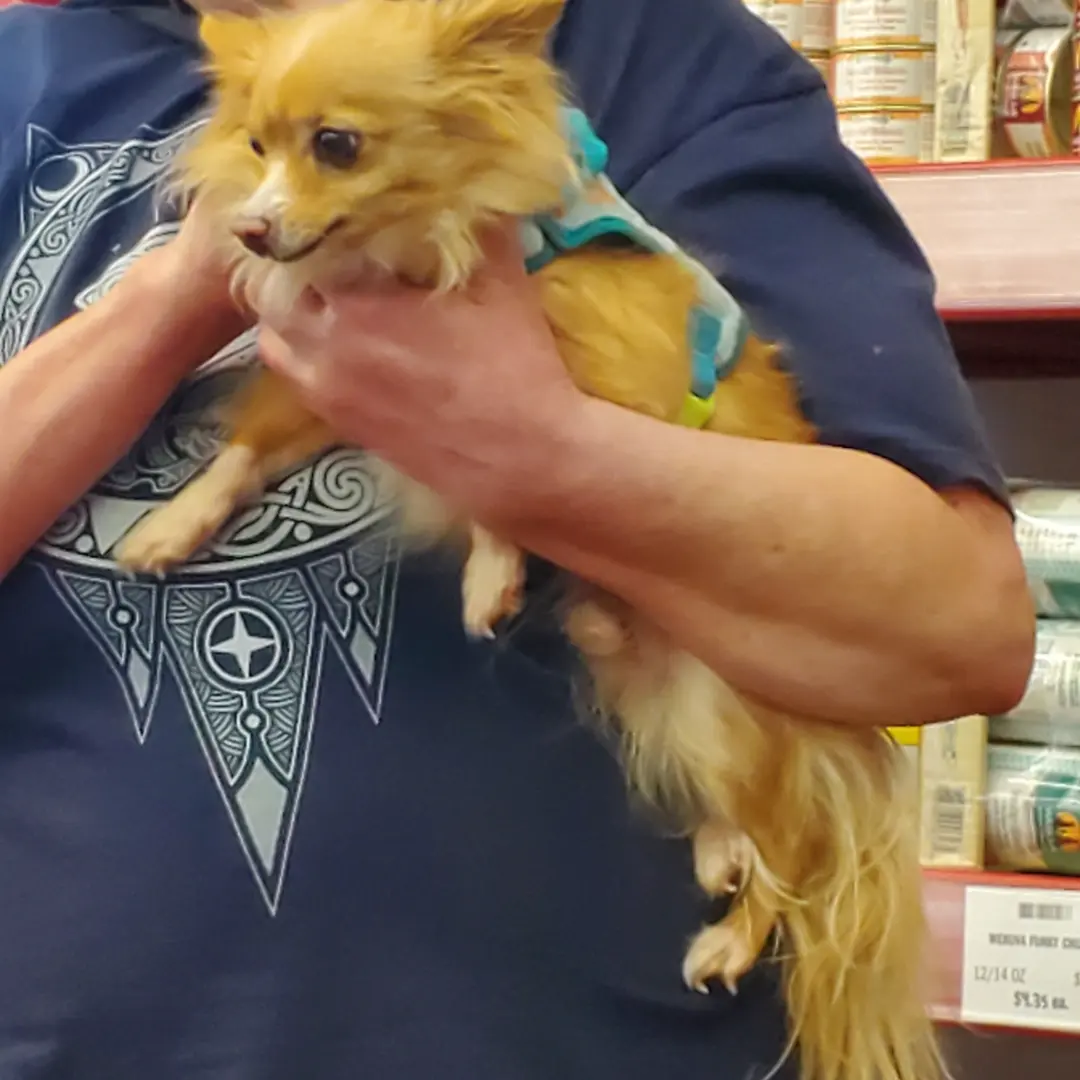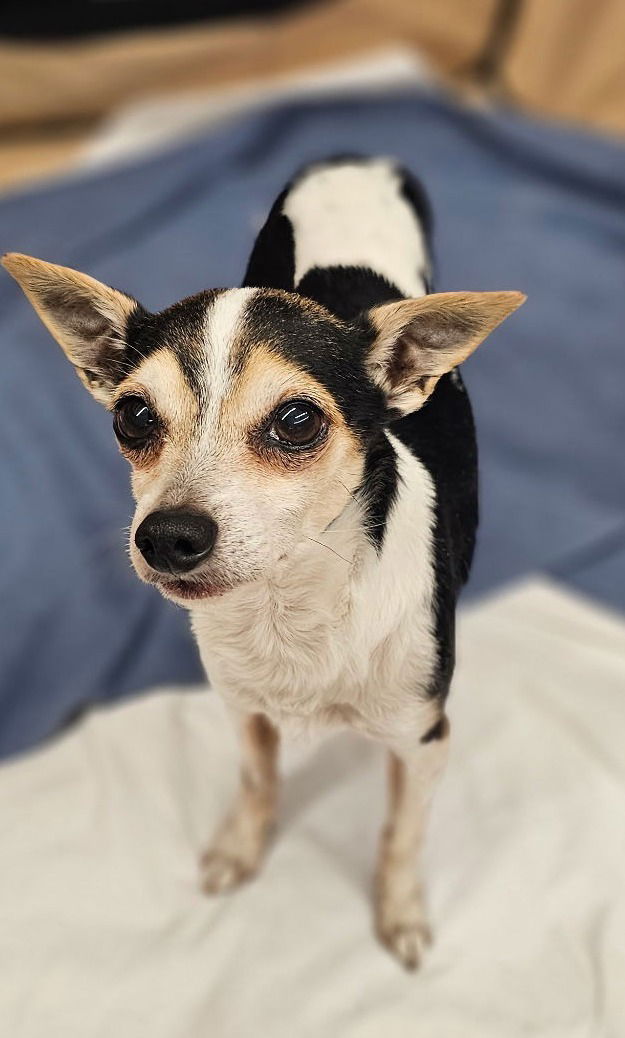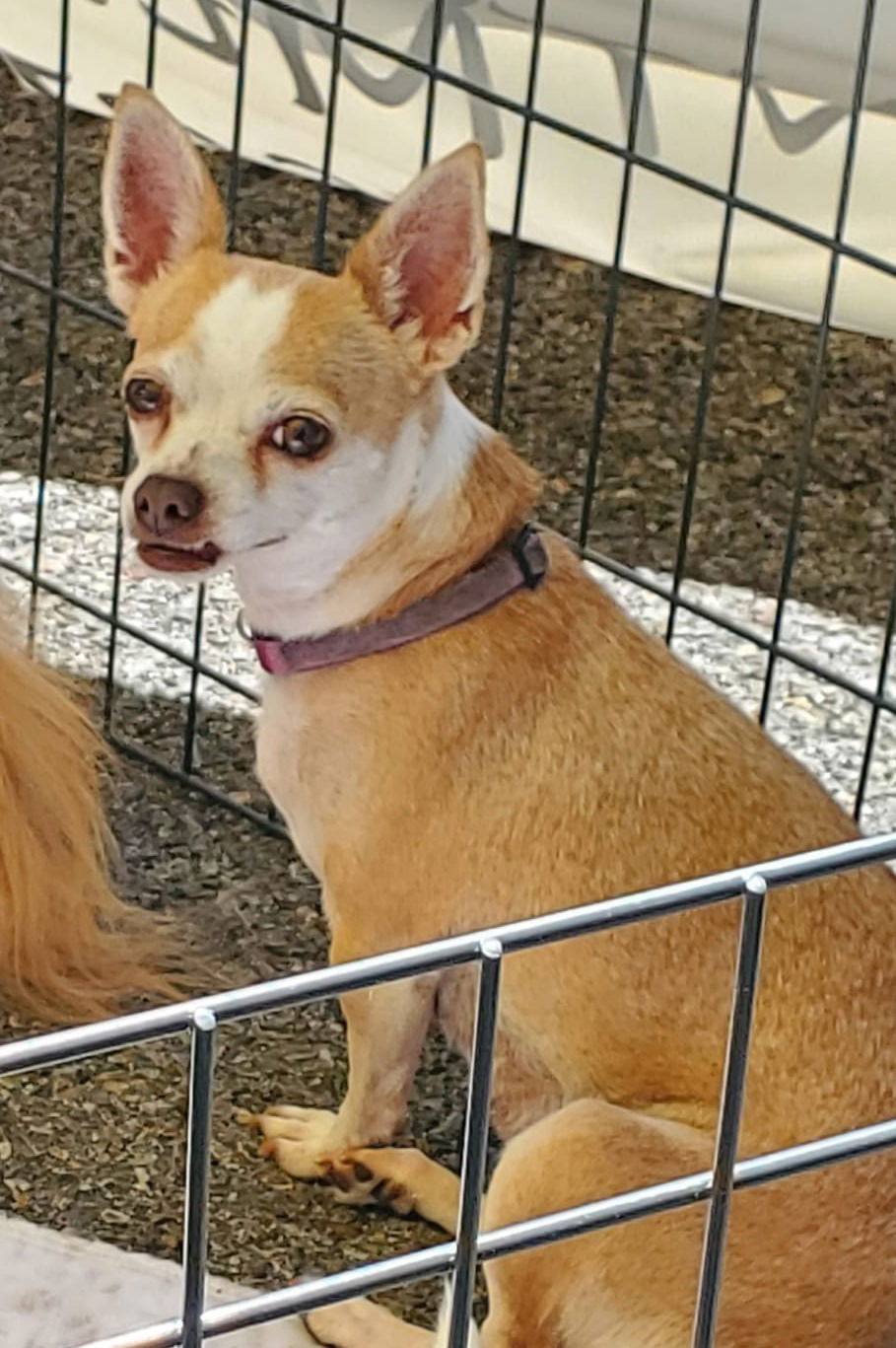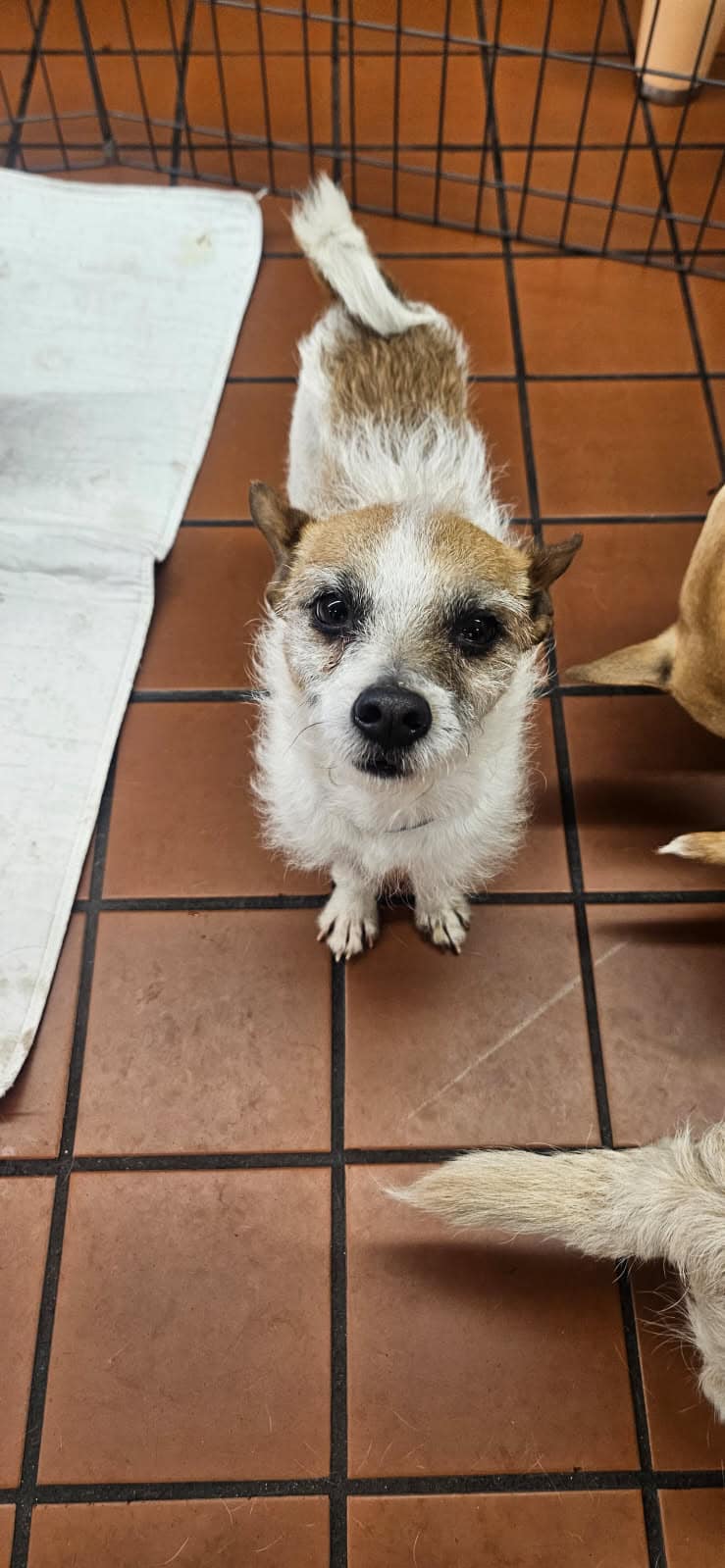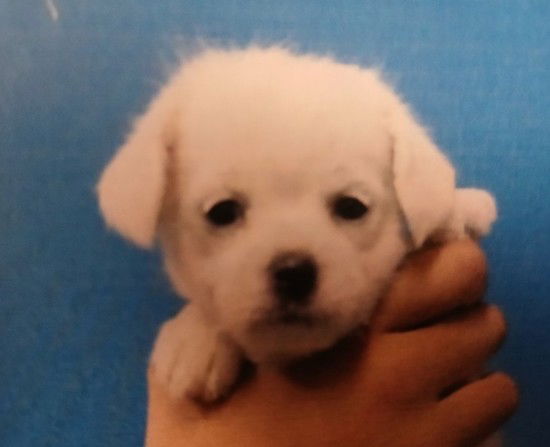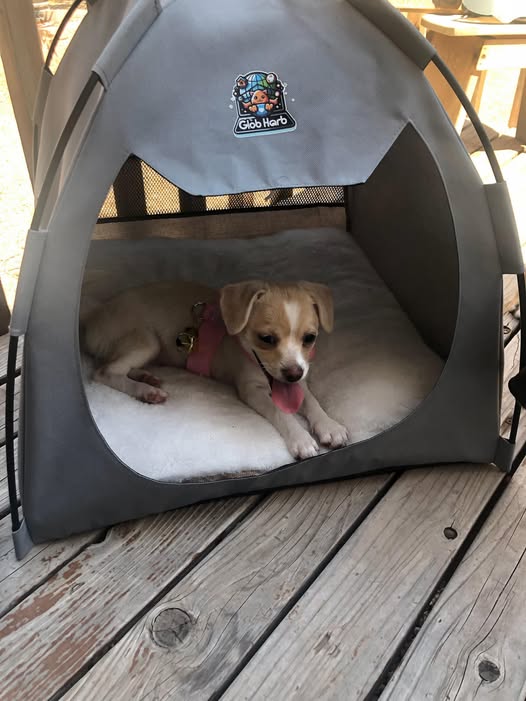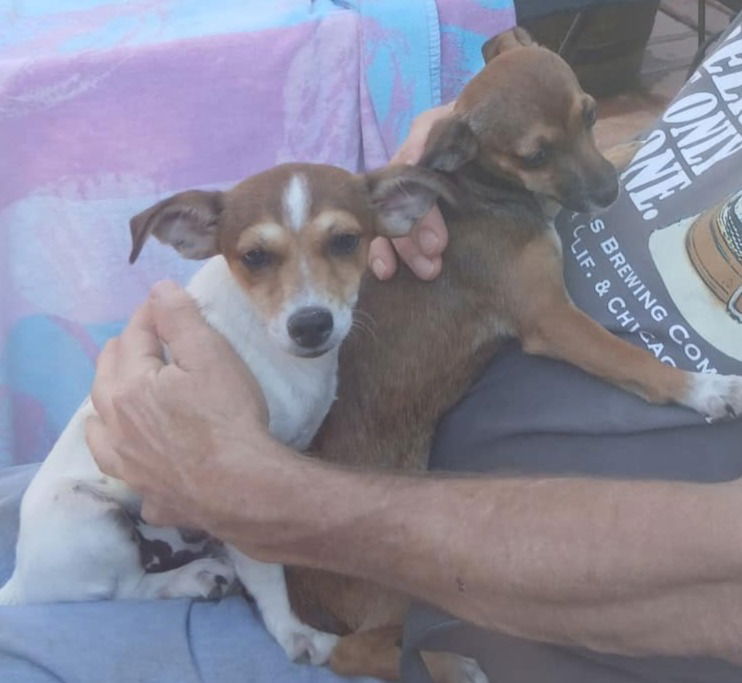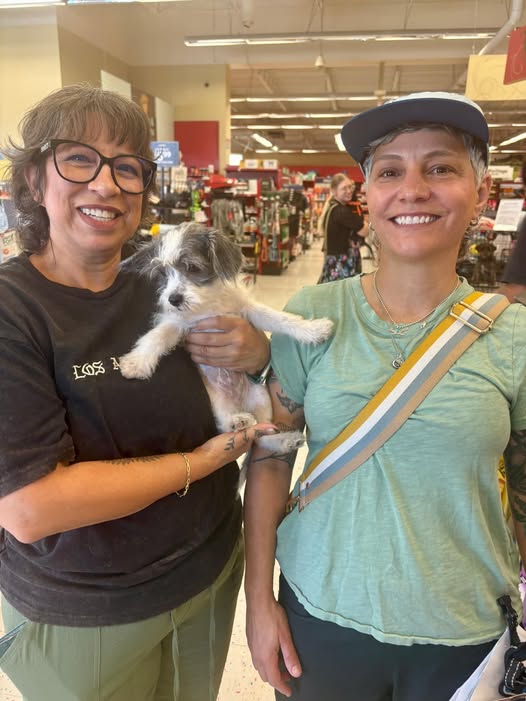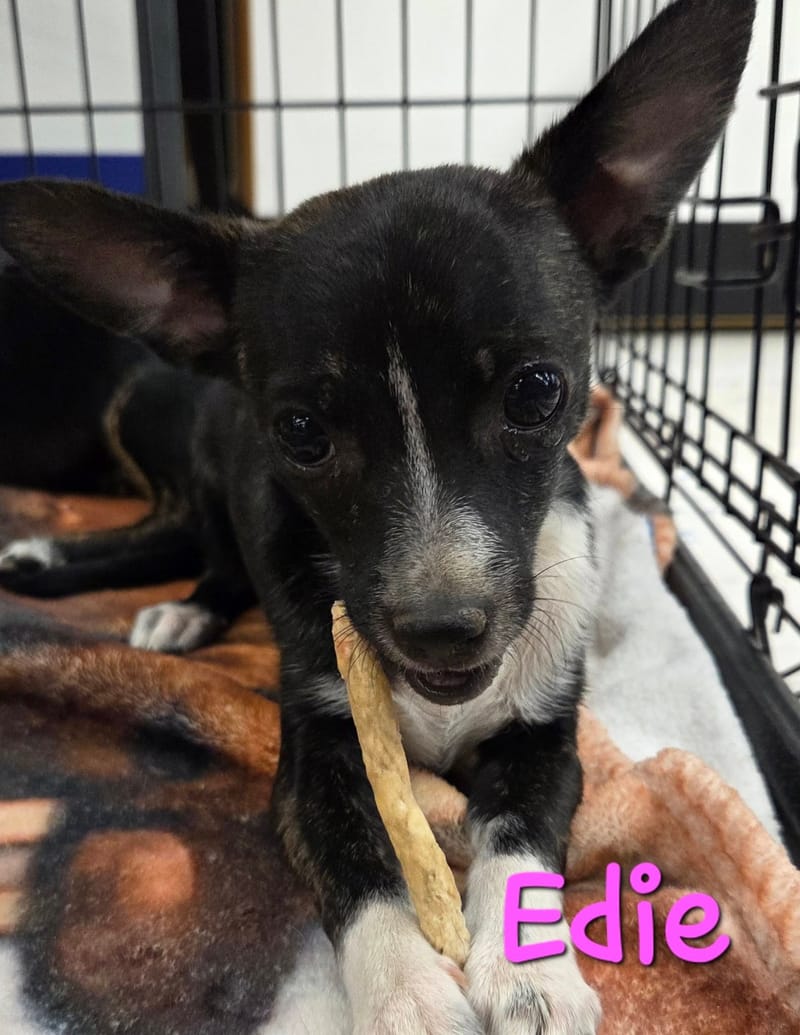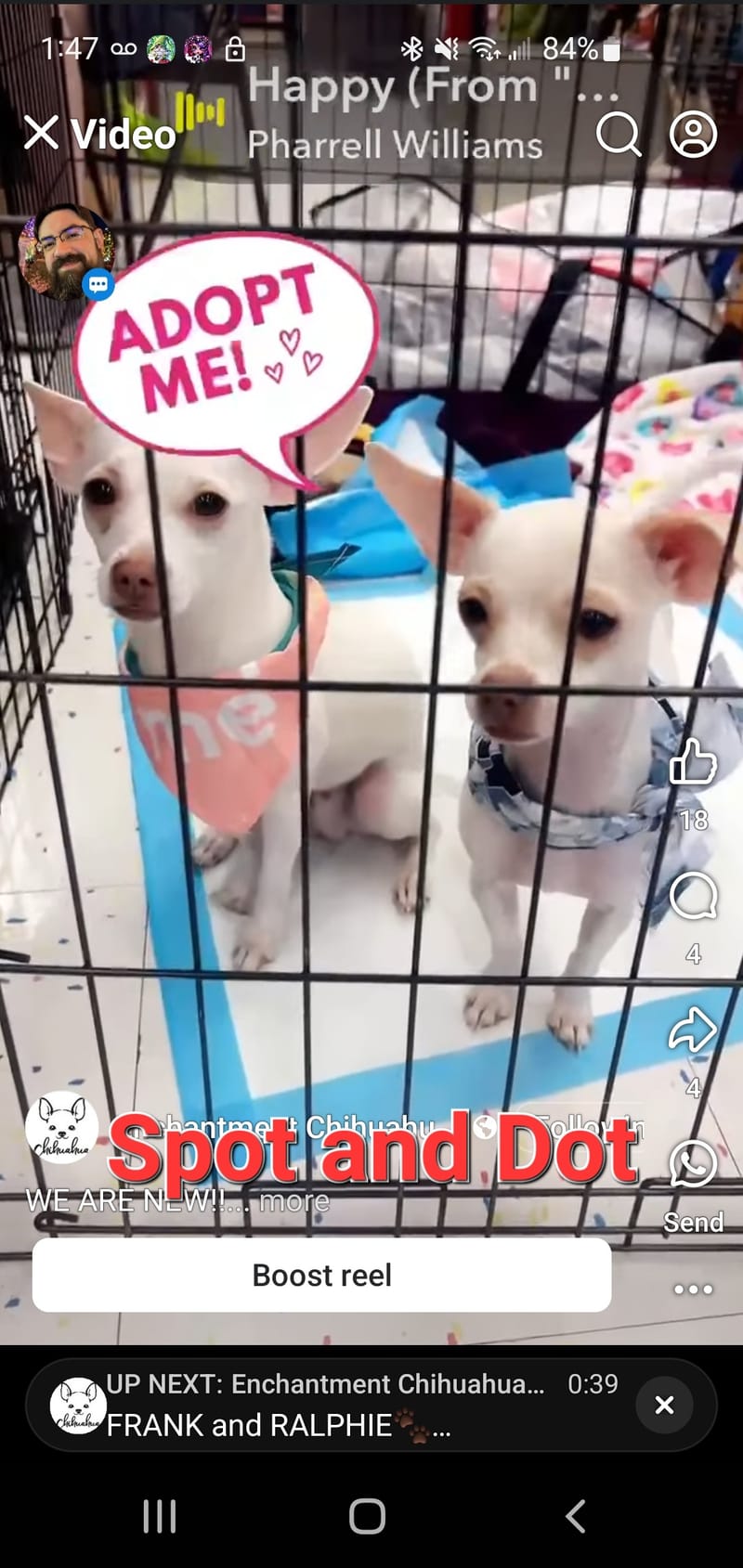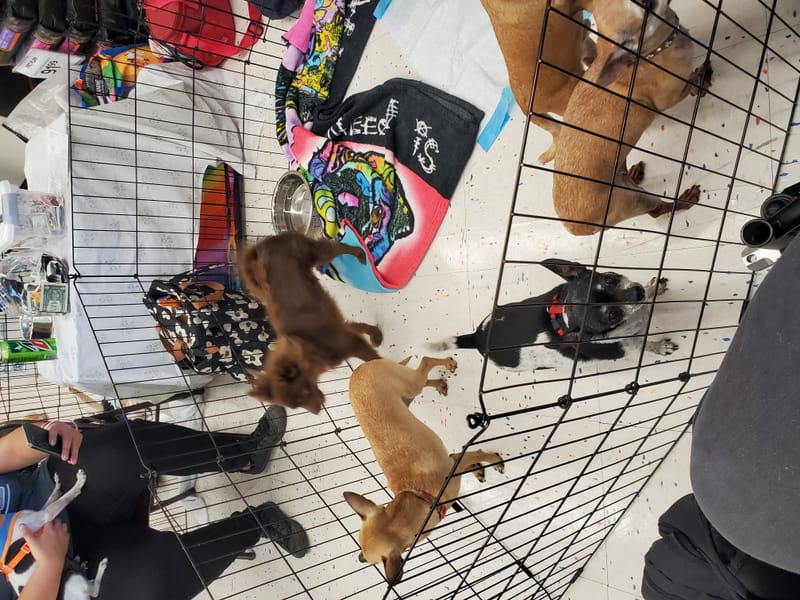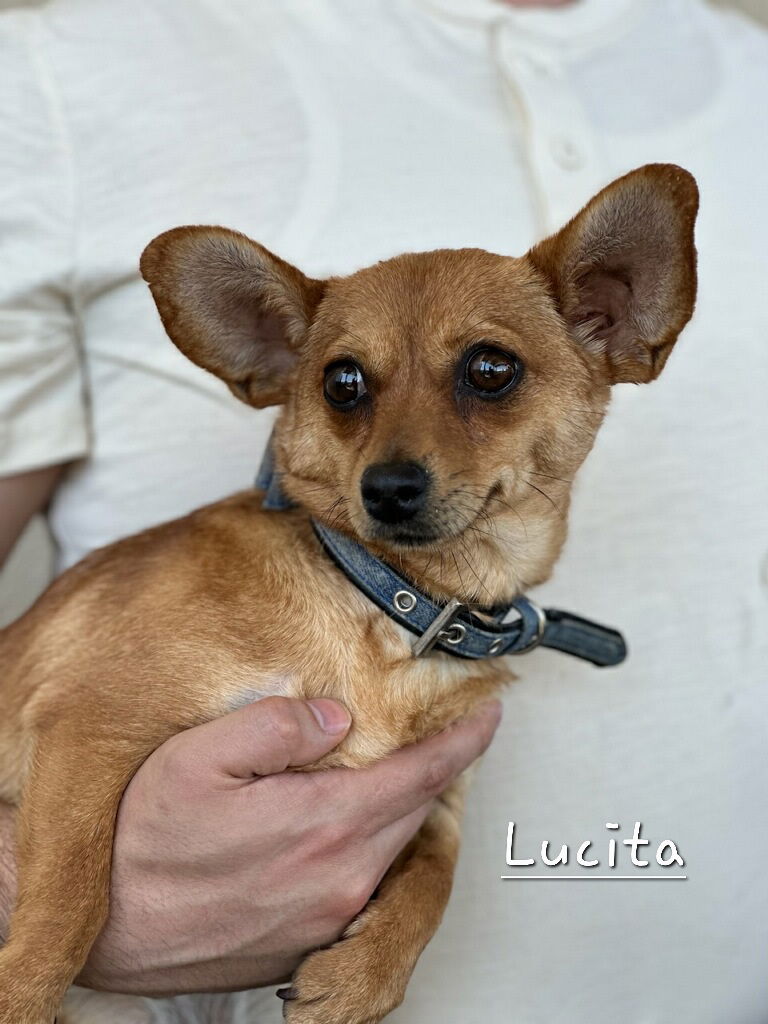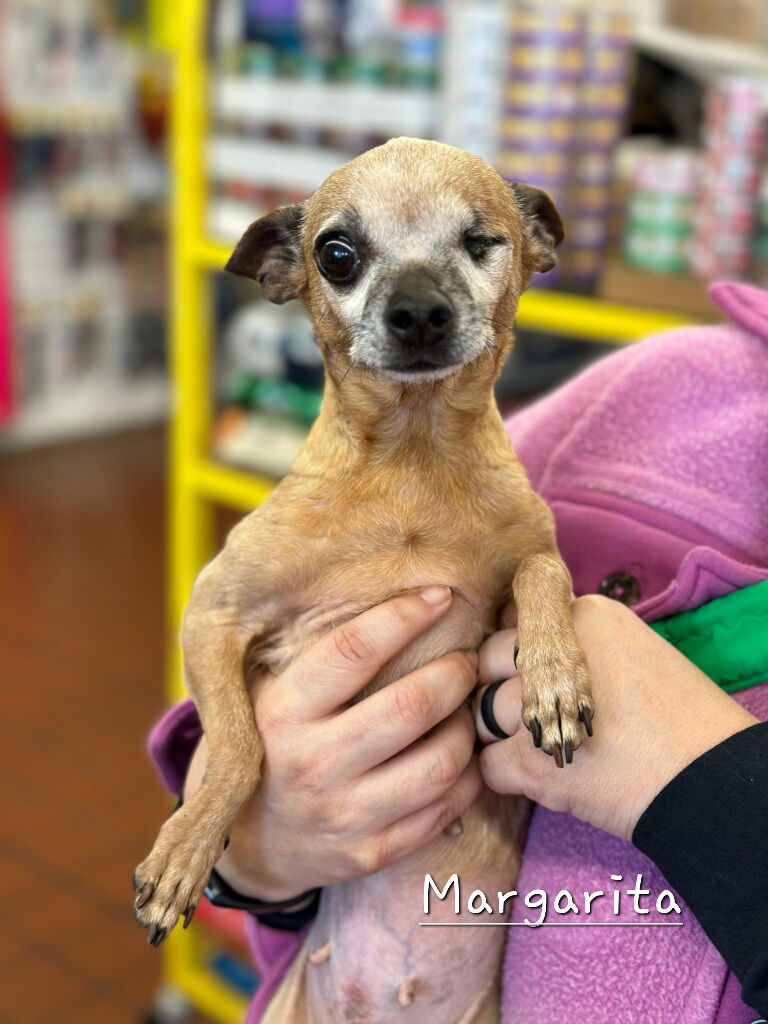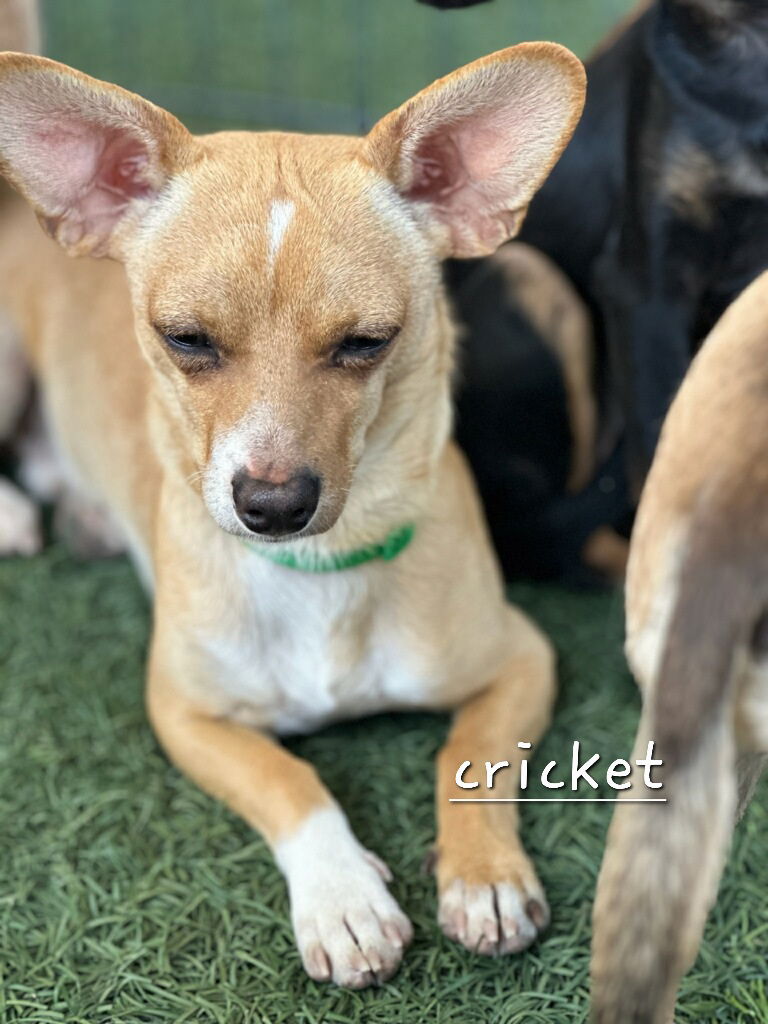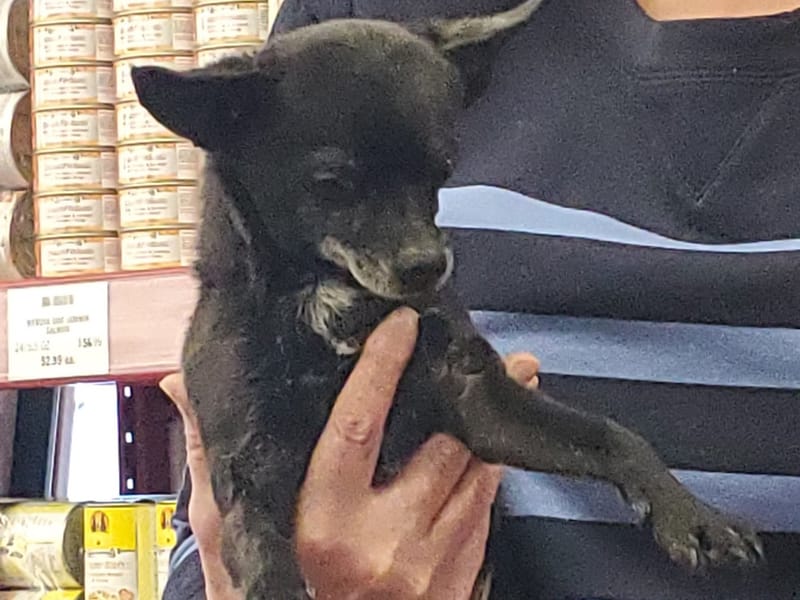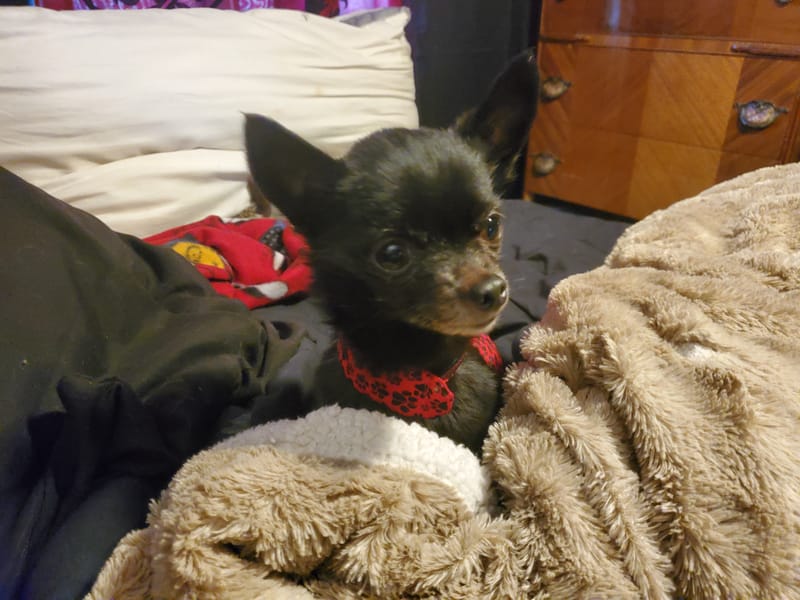Your Favorite New Mexico Chihuahua Rescue

About us

Donate


Donate Here
HELP

Becoming a foster parent for us means that a dog will be placed with you with the understanding that you will fulfill its basic needs as well as love and nurture them. The goal is to get them ready for adoption into a new family. We have on average, three meet and greets a month where we are on location for 2 hours to show our dogs to the public; and it is required that you bring them to at least two of these events.
If you are interested, please email us and give us your information.
thanks
Red Dog Farm D.B.A. Enchantment Chihuahua Rescue with Margaret Wiltse
Dog of the Month
Events
$25 grooming, matt removal, ear cleaning, and paw maintenance. $15 nail trimming Reservations at 505-463-6159
We will be showing our senior dogs at Pet Vet Market on July 5, from noon until 2 pm. Pet Vet is located at 11200 Montgomery Blvd. at Juan Tabo.
While all the senior dogs will be at Pet Vet Market, the rest of the dogs, including many puppies, will be shown at Petco.
Lisa will be at this location with some of her small dogs
We are at two locations this week... pet vet market and petco
Meet and Greet adoption event
Adoption event
Meet and greet
Meet and greet
Come see our new pups who want a new loving family like you
Adoption event
Come meet our available dogs and see if one can become the newest member of your family.
Come visit us this weekend to see if one of our chichis are the right fit for you.
Adoption event
Adoption event
Come meet our foster pups to see if one could be a loving new addition to your home!
Our Chihuahua and Chihuahua mixes will be available for a meet and greet adoption event. Please come and meet the dogs to see if you can find your next lovable pup.
We will have a number of Chihuahuas available for adoption at this event.
Applications
Dog Adoption Application
Do you want to adopt a dog from us? Fill out our adoption application and we will get back to you as soon as we can.
Cat Adoption Application
Do you want to adopt a cat from us? Fill out our adoption application and we will get back to you as soon as we can.
Foster Application
Do you want to volunteer with us by fostering a dog? Fill out this application and you can join our team.
How we work

Fostering
We foster all our dogs in our volunteer's homes. Volunteers make sure each dog is cared for, as well as show their foster dog during at least two of our meet and greets a month. We are always in need of more foster parents!

What we do before adoption
Before each adoption we will ensure all dogs are spayed or neutered, vaccinated, microchipped if necessary, and any necessary medical care (i.e. dental, trauma). Any long-term health issues will be your responsibility.

Home Visits
Whether you're fostering or adopting we will do a home visit before you can take your new furry friend home. We make sure that the home is safe and secure for the new dog.

Adoption fees
Puppies under one year old are $300. Adults one to twelve are $275. Seniors thirteen and older are $250.

Contact Us
EMAIL: wiltsechihuahuarescue@gmail.com or Mitzsue10609@msn.com FACEBOOK: Enchantment Chihuahua Rescue LTD with Margaret Wiltse
Breed information
Originating in the state of Chihuahua, Mexico where it was first noted in the 19th century. The Chihuahua is thought to be a descendant of the techichi, a small mute dog kept by the Toltec people in Mexico as early as the 9th century.
Those of us who own a Chihuahua know they are silly lapdogs that love their humans. While they can be a bit yappy, we still love their cute bark and liveliness.



Common supplies
1. Soft bed placed near where you spend the most time
2. Vitamins and supplements
3. Flea and tick solutions
4. Grooming supplies
5. Clean up supplies are mostly needed during potty training and for any additional accidents.
6. Potty pads for the inside dogs
7. Dog waste bags
8. Toys that are small enough for them to carry, but doesn’t pose a choke hazard.
9. Clothes are needed to keep them warm because they are cold sensitive. However we all know how cute they can be in a little outfit.

Contact
- 10609 Moonlight Ct NE, Albuquerque, New Mexico, United States
ALERT

Even leaving a dog inside of a car for 10 minutes in the heat can cause serious health problems. Also their little feet get very hot on the pavement. See the chart below, love to know what you do to keep your dog cool in the summer.


























































